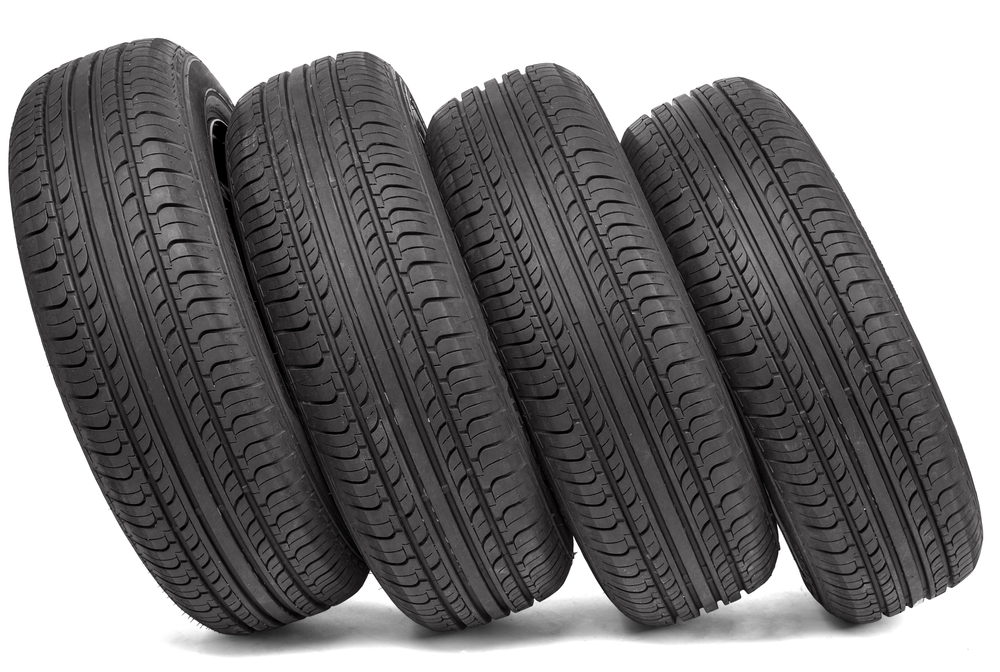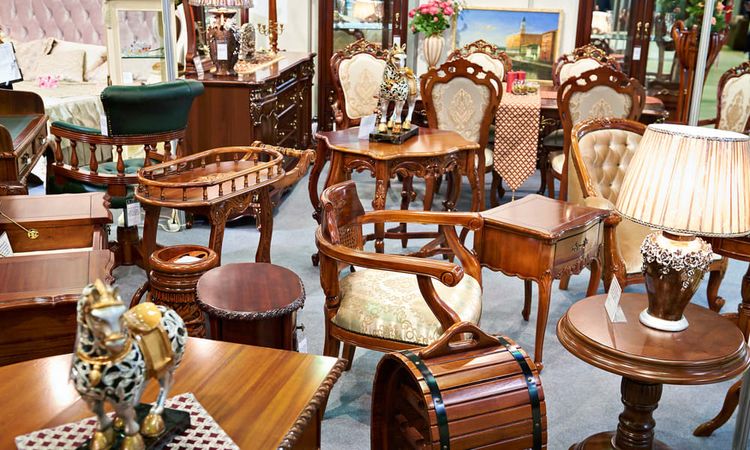Buying a Mercedes Convertible for Sale: Models, Where to Look, and Smart Buying Tips
Shopping for a Mercedes with an open roof blends emotion with research. This guide outlines the main models you’ll encounter, where to find listings from official dealers to online marketplaces, how to inspect a used example, realistic pricing and ownership costs, and ways to approach financing, warranties, and negotiation with confidence.

Choosing a Mercedes drop-top involves more than picking a color and pressing the roof switch. From two-seat roadsters to four-seat cabriolets, the brand’s lineup spans comfort-focused cruisers to performance-oriented machines, and the right choice hinges on how you’ll use the car, your budget, and maintenance expectations.
Popular Mercedes convertible models and what distinguishes them
Across recent years, you’ll most often see these models on the market: - SL (current AMG-engineered SL, plus earlier SL generations): A grand-touring icon with strong performance and high-end materials; recent models return to a soft top for weight savings and packaging. - CLE Cabriolet and former C-Class/E-Class Cabriolets: Four-seat soft-top convertibles aimed at daily usability, with calmer ride tuning and more cargo flexibility than two-seat roadsters. - SLC/SLK: Compact two-seat roadsters (the SLC ended production in 2020). Earlier versions often use a folding hardtop, making roof condition and hydraulics important checks. - AMG GT Roadster (primarily on the used market): A performance-focused two-seater with firmer ride and higher running costs. Key distinctions include seating (two vs. 2+2), roof type (soft vs. folding hardtop), and chassis tuning (comfort vs. sport). Decide whether you want long-trip refinement or the sharper feel of a roadster.
Where to find Mercedes convertibles for sale: dealers, CPO, private listings, and online
Your search typically spans: - Authorized dealers and Certified Pre-Owned (CPO): Offer manufacturer-backed inspections and warranty extensions. Good for buyers seeking more assurance and service history. - Independent specialists: Often curate enthusiast-friendly stock and may know model quirks in detail. - Private sellers: Potentially sharper pricing, but due diligence is entirely on you. - Online platforms: Options include brand CPO websites, major classifieds, and auctions. Common examples are AutoTrader, Cars.com, CarGurus, Bring a Trailer, Collecting Cars, AutoScout24, Mobile.de, PistonHeads, and eBay Motors. Availability varies by region, so consider local services in your area. Cross-check VINs across multiple platforms and confirm any factory packages, options, and service records before visiting.
Pre-purchase inspection checklist: mechanical, body, roof, and electronics
A thorough inspection reduces risk: - Mechanical: Cold-start behavior, smooth idle, fluid leaks, turbo whine, cooling fans, and consistent transmission shifts. Check suspension bushings, control arms, and brake wear; road-test for vibration or pulling. - Body and chassis: Look for overspray, panel gaps, uneven tire wear, or signs of crash repairs. Inspect the underbody for corrosion if the car lived in harsh climates. - Roof system: For soft tops, examine stitching, rear window clarity, and seal integrity. For power roofs, test full open/close cycles and listen for hydraulic pump strain or actuator hesitation. Inspect drains for clogs and check trunk trim for moisture. - Electronics: Cycle infotainment (COMAND/MBUX), roof controls, seat motors, parking sensors, driver-assistance features, HVAC modes, and window calibration. Verify that instrument cluster warnings are clear. Review service history for software updates. If possible, commission an independent pre-purchase inspection (PPI) and obtain a diagnostic scan to reveal stored faults.
Pricing, depreciation and estimated total cost of ownership
Pricing varies by region, mileage, options, and condition. As broad guidance, late-model four-seat cabriolets often transact in the mid-to-upper ranges of the mainstream used luxury market, while newer SL models command significantly higher prices. Depreciation on luxury convertibles is typically steeper in early years; buyers of well-kept used examples may benefit from a slower second-owner depreciation curve. Estimated total cost of ownership includes: - Depreciation: The largest single cost for many buyers over five years. - Maintenance and repairs: Convertibles add roof mechanisms and seals to standard servicing; premium brakes, tires, and fluid intervals can be costlier than non-luxury cars. - Insurance and taxes: Often higher for performance trims; varies considerably by country and driver profile. - Fuel: Turbocharged engines deliver strong torque but can incur above-average consumption if driven enthusiastically. Always treat prices and cost forecasts as estimates that can change with market conditions, seasonality, and local availability.
To illustrate current market ranges, the following examples show typical advertised prices from real providers. These figures are broad estimates and vary by country, currency, and specification.
| Product/Service | Provider | Cost Estimation |
|---|---|---|
| E-Class Cabriolet (2018–2020, used) | Mercedes-Benz Certified Pre-Owned / Franchise dealers | USD $35,000–$50,000+ depending on mileage and options |
| C-Class Cabriolet (2017–2023, used) | Independent dealers / Private listings | USD $25,000–$45,000+ with broad variance by market |
| SLC 300 (2017–2020, used) | Independent dealers / Private listings | USD $18,000–$30,000 typical range |
| SL (2022–present, used) | Authorized dealers / Franchise dealers | USD $85,000–$130,000+ depending on trim and condition |
| CLE Cabriolet (new/near-new) | Authorized dealers | Commonly transacts around MSRP in your area; U.S. examples often publish from roughly USD $60,000–$75,000+ depending on specification |
Prices, rates, or cost estimates mentioned in this article are based on the latest available information but may change over time. Independent research is advised before making financial decisions.
Financing options, warranties, and negotiation tips
Financing: Compare bank or credit-union loans with dealer financing, considering total cost (APR, term length, fees), not just monthly payment. Longer terms reduce payment but increase interest paid; pre-approval strengthens your negotiating position. Leasing may be available for new or near-new vehicles in some regions; assess mileage limits and wear charges.
Warranties: CPO programs can extend coverage beyond the new-vehicle warranty, usually after a brand inspection. Read the policy for deductibles, covered components (especially roof, electronics, and suspension), transferability, and regional differences. For non-CPO cars, third-party service contracts vary widely in coverage and claim process—scrutinize exclusions.
Negotiation: Research comparable listings, verify option packages, and account for seasonal effects (convertibles often see stronger demand in warmer months). Ask for a full service history, confirm tire/brake life, check for open recalls, and factor PPI results into your offer. Negotiate the out-the-door price, including taxes and fees, rather than focusing solely on monthly payments.
A deliberate approach—choosing the right model for your needs, searching across multiple channels, and verifying condition with a structured inspection—helps align enjoyment with long-term costs. With clear expectations on pricing and ownership, a well-chosen Mercedes cabriolet can deliver the open-air experience you want without surprises.




